Walls and physical barriers under construction or already built separate countries in different parts of the world: North America, Europe, Africa and Asia. And these divisions are not in vain: they indicate the existence of conflicts and power relations between states.
Five of these barriers mark the divide between countries: the Dominican Republic and Haiti, the United States and Mexico, Greece and Turkey, Morocco and Spain, and North and South Korea. Another separates Israel from the West Bank at the center of the conflict with the Palestinians.
Ana Regina Falkembach Simão, professor and coordinator of the International Relations course at ESPM (Escola Superior de Propaganda e Marketing), says such walls often reveal the fragility of one country and the strength of another.
“The construction of these walls is a reflection of a power relationship, despite the reasons that justify creation being diverse and diverse, but the power relationship is very clear,” he said. UOL.
In his assessment, these obstacles show that while the globalizing world is eliminating trade and information borders, it has failed to put an end to field relations on the other.
“[Globalization]has not left power relations more fragile,” he adds.
Find out what were the main issues involved in the construction of each of the fences raised at the borders.
Dominican Republic and Haiti
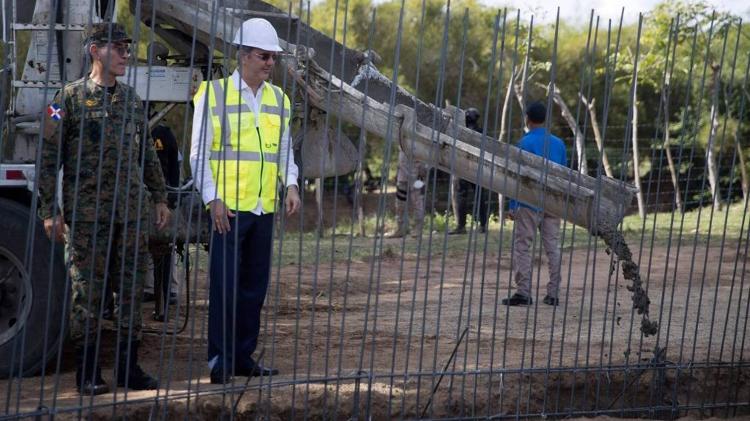
Image: Erika Santelices/AFP
This type of barrier has been under construction since February of this year and should cover part of the border between the Dominican Republic and Haiti in Central America.
The President of the Dominican Republic, Luis Abinader, attended the opening ceremony. The Haitian government did not attend the ceremony and did not comment on the construction.
Haiti has had an interim government since President Jovenel Moise was assassinated in July 2021. Due to the economic crisis, in addition to political conflicts and natural disasters, it is common for Haitian people to seek opportunities in the neighboring country.
The Dominican Republic National Immigrant Survey found that in 2017 there were half a million Haitians in the country. Today, five years from now, this population could be 25% more, according to experts.
Social differences stand out between the Dominican Republic and Haiti. According to data from the World Bank and the Dominican government, 60% of Haiti’s population lives in poverty, while 24% of the Dominican population is in a similar situation.
“The Dominican Republic is not a country that has the weaknesses of Haiti. The Dominican Republic is a country with political and social stability and a tourist destination unlike neighboring Haiti,” says the professor.
Mexico and USA
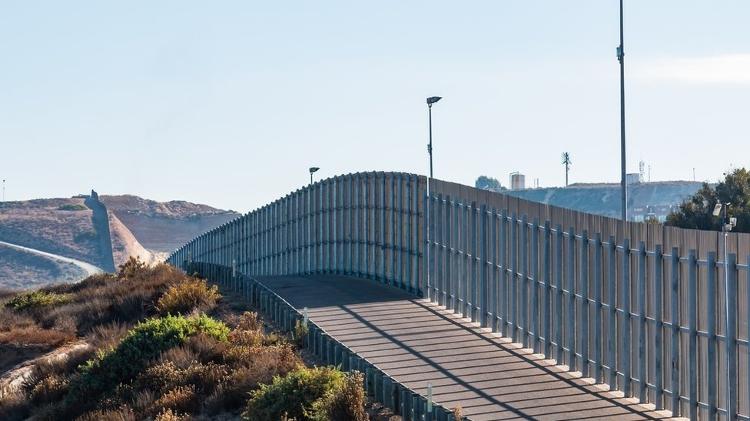
Image: Getty Images via BBC
In the 1990s, the U.S. government began building barriers to the Mexican border. These include metal fences found in areas in the states of Arizona, Texas, New Mexico, and California. However, there are still places without fences.
To stop illegal immigration, the administration of former President Donald Trump spent US$15 billion (R$77.2 billion) to install barriers along 727km of the border. The government of current US President Joe Biden has announced that it has canceled plans to build the wall.
The tallest barrier on the border erected during the Trump administration is nine meters high. At the time, he even said the fence would be “practically impassable.”
Despite this, many immigrants are trying to break through the barrier. While some have been successful, there are a significant number of casualties in this attempt.
A study led by Amy Liepert of the University of California at San Diego recorded 375 injuries and 16 deaths from fence falls between 2019 and 2021.
Simão points out that diplomatic and trade relations between the United States and Mexico do not prevent the construction of these barriers.
For the teacher, such structures symbolize violence and power in relations between countries.
“These walls are a clear power relationship, and if there is a justification for limiting violence, that’s not the entry for refugees. The violence continues. It’s okay if the wall says it’s going to attack, and it’s often just that. What’s worse, it’s a symbol of the place where the violence happens,” he thinks.
Greece and Turkey
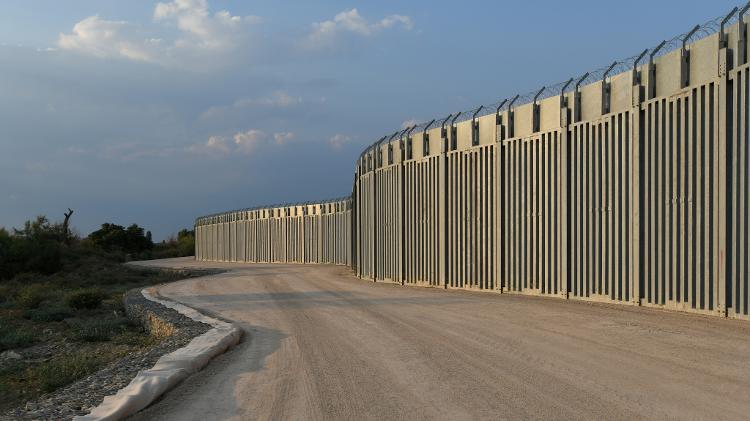
Image: Alexandros Avramidis/Reuters
Another wall, which was built to prevent illegal immigration, is on the Greece-Turkey border.
The 40 km long section was established by Greece due to the increasing number of immigrants from Afghanistan. Construction was completed in 2021.
Michalis Chrisochoidis, Greek citizens’ protection minister at the time, said the country “cannot wait passively for possible impact”. “Our borders will remain inviolable,” he said.
Due to the Taliban’s coming to power in Afghanistan, some of the population tried to leave the country. Most of those who came to Greece went to northern Europe, but about 60,000 remained in the country.
Morocco and Spain
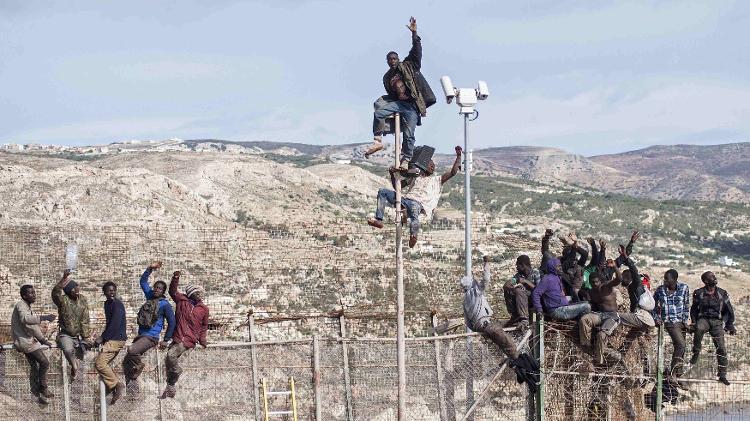
Image: Jesus Blasco de Avellaneda/Reuters
The barriers between Morocco and Spain are located in the cities of Melilla and Ceuta, which are part of the Spanish territory although they are located on the African continent.
Fences began to be built in both cities in the 1990s, but the flow of people between the two countries continued. With Spain’s entry into the European Union, the barriers of Melilla and Ceuta were strengthened to contain illegal immigration.
According to the professor, Morocco and Spain have diplomatic relations, as well as with other countries such as the USA and Mexico. However, the walls were built by one of the countries as a show of strength.
“These are countries with diplomatic relations, but there are walls. Despite good diplomatic relations, the walls exist precisely to mark a one-sided relationship,” he analyzes.
Israel and the West Bank region

Image: Ammar Awad/Reuters
The wall between Israel and the West Bank is different from the others because there is no official Palestinian state.
Construction of the barrier around the area began in 2002, and the transition between the two areas is currently under military control.
For Simão, this obstacle represents unresolved conflicts from the 20th century to the present. “All these walls are full of conflicts, and frankly, an interest in not changing the status quo, if not the exhaustion of negotiations, draws the boundaries of a separation,” he evaluates.
The wall also reveals the fragility of an unrecognized state and the strength of the state of Israel, as in the case of Palestine.
“(The Wall) has a huge amount of political and economic capital. There is a lot of weight in this relationship, because when you go to the pre-wall era, cultures coexisted with a very pronounced tolerance,” explains Simão.
North Korea and South Korea
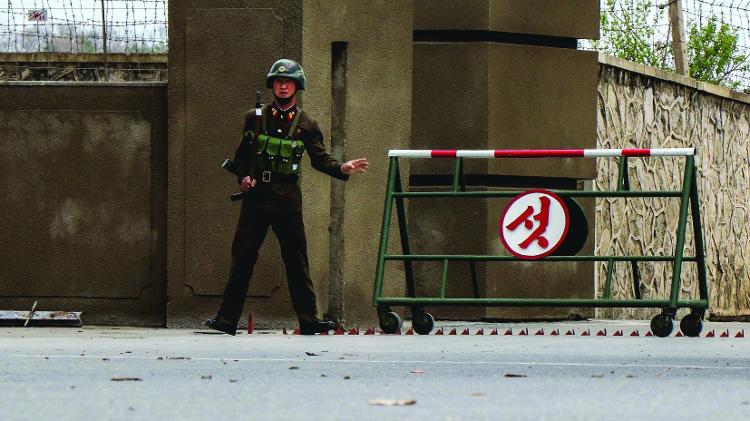
Image: Personal archive
The barriers between North and South Korea date back to the Cold War era, when various parts of the world were divided between the United States and the Soviet Union. The partition of Korea by the two powers was done in 1948 and thus the two nations emerged.
In 1950, war broke out between the Koreans. After the armistice, in 1953, the Korean Demilitarized Zone was established through which military personnel from both countries could transit.
Built in 1977 between South Korea and North Korea, the wall separates the two separate regimes. “This is basically a wall marked by ideological issues between two states and two political understandings,” the professor describes.
source: Noticias